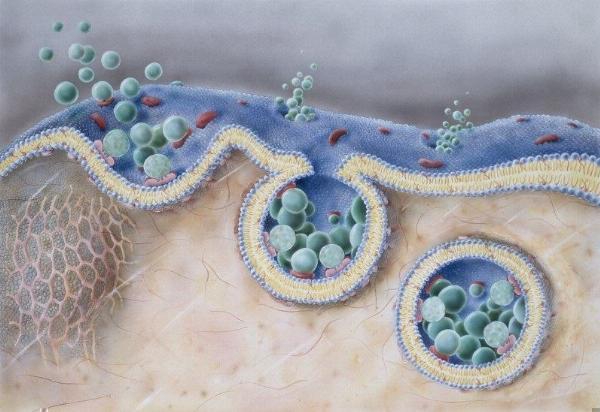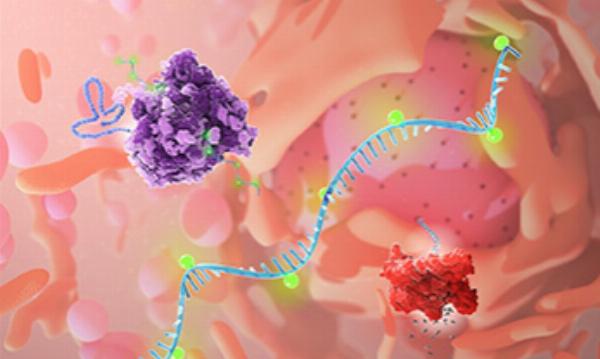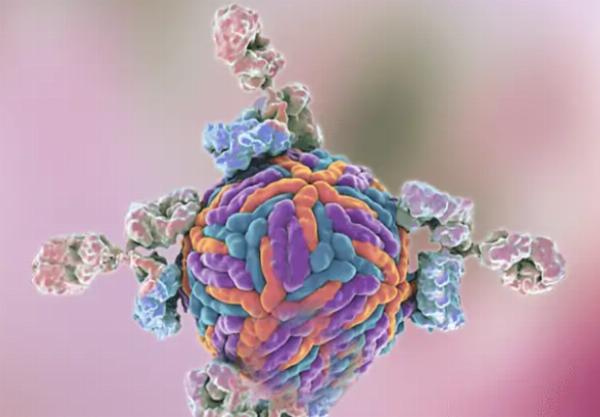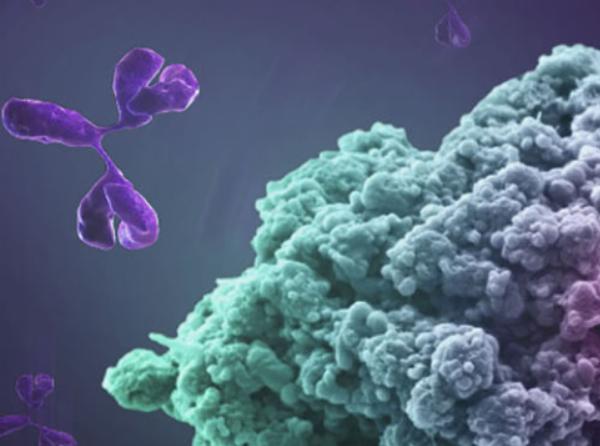An AIDS drug may treat neurodegenerative disease

Strong 8k brings an ultra-HD IPTV experience to your living room and your pocket.
At first glance, there appears to be no connection between the AIDS drug CCR inhibitor Maraviroc and neurodegenerative diseases.
Maraviroc, a CCR5 inhibitor already approved in 2007, mechanistically binds to the CCR5 molecule and blocks the association of the HIV protein gp120 with the CCR5 receptor, resulting in the inability of HIV to enter the body.
In contrast, common features of neurodegenerative diseases include the aggregation of misfolded proteins in the brain. These aggregates lead to the degeneration and eventual death of brain cells and the development of symptoms.
Researchers at the University of Cambridge's Cambridge Institute of Medical Research and the UK Dementia Research Institute have recently found a seemingly unconnected link between the two. HIV's attack on the CCR5 receptor was connected to the development of neurological diseases, they discovered. Protein aggregates were also decreased in models of Huntington's chorea and Alzheimer's disease when Maraviroc was used.
"Maraviroc itself may not be a panacea," stated the paper's first author, David Rubinsztein, "but it demonstrates a possible path forward."
Misfolded protein aggregates caused by neurodegenerative diseases bring about pathology through a toxic function acquisition mechanism. However, during this process, neurons have protective mechanisms such as macroautophagy to prevent the accumulation of toxic aggregation-prone proteins.
Macroautophagy is a major intracytoplasmic protein degradation pathway. During macroautophagy, bilayer membrane autophagosomes engulf part of the cytoplasm and transport it to lysosomes for degradation. Macroautophagy is essential for the removal of intracellular aggregation-prone proteins that contribute to neurodegeneration (e.g., Huntington's protein and tau protein), and weakening autophagy triggers their accumulation and enhances their toxicity.
So the researchers set out to investigate the cellular mechanisms that might compromise macroautophagy.
Much of the previous research focused on cell-autonomous mechanisms, but ignored the potential impact that aberrant paracrine signals from other brain cell types might have in regulating neuronal autophagy in disease.
And indeed, the bidirectional neuron–microglia pathway via the secretion of soluble factors can actually regulate the function of these cells under physiological conditions.
During the prodromal phase of Huntington's chorea and Alzheimer's disease, microglia are activated by switching from a quiescent to a pro-inflammatory state. This leads to increased expression of microglia surface receptors and chronic secretion of cytokines.
In contrast, the researchers found that activated microglia have a deleterious effect and that their secretion of CCL3, CCL4, and CCL5 can autonomously regulate neuronal autophagy.
In contrast, because CCL3, CCL4, and CCL5 are high-affinity ligands for CCR5, and CCR5 is expressed in neurons, CCL3, CCL4 and CCL5 disrupt neuronal autophagy and autophagic substrate clearance via CCR5. This crosstalk inhibits neuronal autophagy through mTORC1 activation and impairs the clearance of aggregation-prone proteins.
CCR5-KO mice were employed in the study, and the accumulation of misfolded Huntington proteins and tau was prevented. Toxic aggregates were also reduced in the brains of CCR-KO mice when compared to controls.
Mice with Huntington's chorea were given maraviroc for four weeks beginning at the age of two months. Brain imaging studies showed a substantial decrease in Huntington protein aggregates when compared with untreated mice. However, it is too soon to tell if the drug has an effect on the mice's symptoms because Huntington's chorea only presents as minor symptoms for 12 weeks even when untreated.
While the studies in the Huntington's chorea model could not draw definitive conclusions, the Alzheimer's model should confirm their judgment—in these Alzheimer's model mice, the drug not only reduced tau aggregates but also slowed the loss of brain cells. In object recognition tests, treated mice performed better than untreated mice, suggesting that the drug slowed memory loss.
In addition to this, they found that pathogenic tau in mice was able to drive CCR5 and autophagy perturbations in reverse, which would lead to increased activity of CCR5, allowing for faster build-up of aggregates.
Note: IndiBlogHub features both user-submitted and editorial content. We do not verify third-party contributions. Read our Disclaimer and Privacy Policyfor details.







